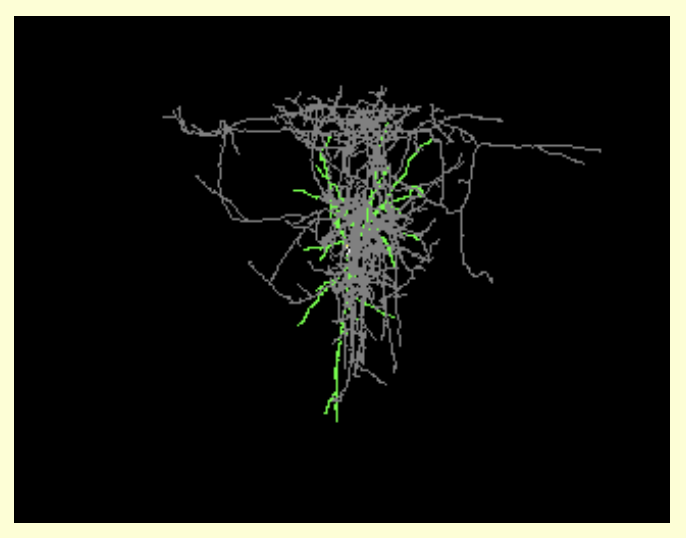URL: https://simtk.org/home/feature
Proper Citation: FEATURE (RRID:SCR_002648)
Description: A suite of automated tools that examine biological molecules and produces useful representations of the key biophysical and biochemical features of these structures that are critical for understanding function. The utility of this system extends from medical / pharmaceutical applications (model-based drug design, comparing pharmacological activities) to industrial applications (understanding structural stability, protein engineering). The FEATURE code is made available, without too much support, to any interested scientists. Audience: Researchers interested in identifying functional sites in protein structures. Long Term Goals and Related Uses: Enable improved functional site prediction.
Resource Type: modeling software, d visualization software
Keywords: functional site, function annotation, calcium binding site, protein microenvironment, structural bioinformatics, structure, protein classification, bayesian inference, support vector machine, model
Expand Allis listed by |
|
has parent organization |
We found {{ ctrl2.mentions.total_count }} mentions in open access literature.
We have not found any literature mentions for this resource.
We are searching literature mentions for this resource.
Most recent articles:
{{ mention._source.dc.creators[0].familyName }} {{ mention._source.dc.creators[0].initials }}, et al. ({{ mention._source.dc.publicationYear }}) {{ mention._source.dc.title }} {{ mention._source.dc.publishers[0].name }}, {{ mention._source.dc.publishers[0].volume }}({{ mention._source.dc.publishers[0].issue }}), {{ mention._source.dc.publishers[0].pagination }}. (PMID:{{ mention._id.replace('PMID:', '') }})
A list of researchers who have used the resource and an author search tool
Find mentions based on location

{{ ctrl2.mentions.errors.location }}
A list of researchers who have used the resource and an author search tool. This is available for resources that have literature mentions.
No rating or validation information has been found for FEATURE.
No alerts have been found for FEATURE.
Source: SciCrunch Registry





